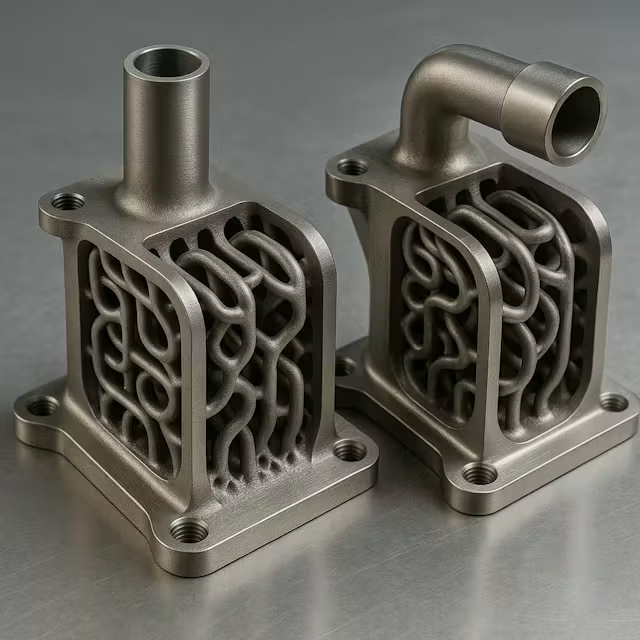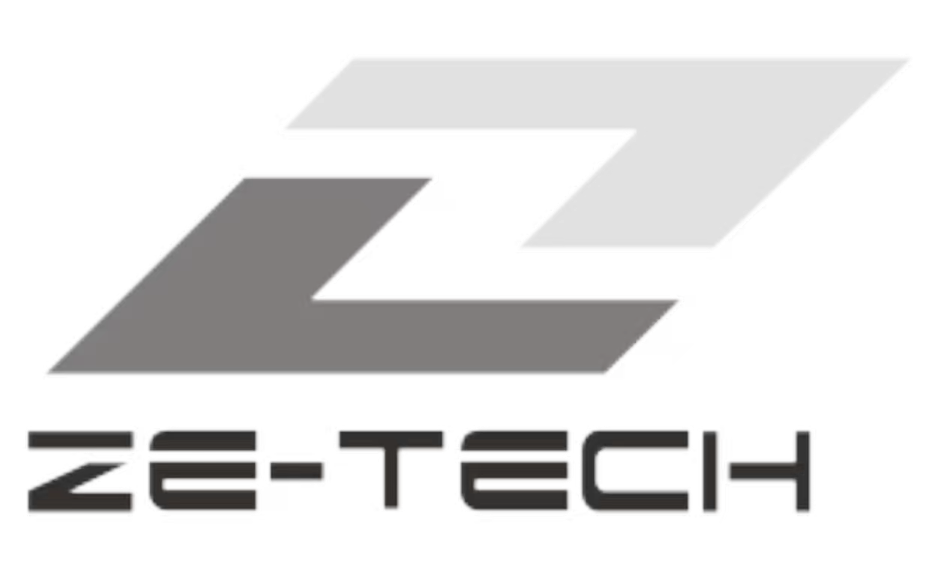Introduction
In today’s rapidly evolving manufacturing landscape, no single process can meet every requirement for speed, precision, and cost-effectiveness. Hybrid manufacturing, which integrates 3D printing (additive manufacturing) with CNC machining (subtractive manufacturing), is gaining momentum as a powerful approach to produce complex, high-performance parts. This method combines the design flexibility of 3D printing with the accuracy and surface quality of CNC machining, offering unique advantages for industries such as aerospace, medical devices, and automotive engineering.
Why Hybrid Manufacturing?
Traditional CNC machining is excellent for creating precise components from metal or plastic blocks but can be wasteful and costly for complex geometries. Meanwhile, 3D printing allows rapid prototyping and lightweight structures but often falls short in surface finish, dimensional tolerances, and material options.
By combining both, manufacturers achieve:
- Design freedom (complex internal geometries from 3D printing)
- Tight tolerances and finishes (precision machining)
- Material efficiency (additive first, subtractive second)
- Reduced lead time and cost for prototypes and production parts
Applications of Hybrid Manufacturing
Hybrid manufacturing is being adopted across industries where both innovation and precision are critical:
- Aerospace: Lightweight turbine blades with internal cooling channels produced via 3D printing, then machined for surface precision.
- Medical: Custom implants or surgical tools additively manufactured to patient-specific shapes, finished with CNC machining for biocompatibility.
- Automotive: Lightweight structural brackets printed in metal, machined for strength-critical interfaces.
- Tooling: Conformal cooling channels in molds created via 3D printing, with machined surfaces for dimensional accuracy.

Process Workflow
A typical hybrid manufacturing workflow follows:
- Design & Modeling → CAD design optimized for additive + subtractive steps
- 3D Printing Stage → Additive process builds near-net-shape geometry
- Heat Treatment (if required) → Relieve stress, improve mechanical properties
- CNC Machining Stage → Finishing critical surfaces, threads, and tight tolerances
- Inspection & Testing → Dimensional verification and mechanical validation
Key Benefits of Hybrid Manufacturing
| Aspect | CNC Machining Alone | 3D Printing Alone | Hybrid Manufacturing |
|---|---|---|---|
| Design Flexibility | Limited to tool accessibility | Excellent for complex geometries | Best of both worlds |
| Tolerances | High (±0.005 mm) | Moderate (±0.1–0.2 mm) | High (machined after printing) |
| Material Waste | High (subtractive process) | Low (near-net-shape builds) | Reduced vs CNC only |
| Surface Finish | Excellent | Moderate to rough | Excellent (machining final surfaces) |
| Lead Time | Longer for complex parts | Short for prototypes | Shorter overall |
| Cost Efficiency | High cost for complex parts | Moderate, depends on scale | Optimized balance |
Challenges and Considerations
While hybrid manufacturing has clear advantages, manufacturers must also address:
- Machine cost and investment – hybrid machines are expensive, though ROI improves with complex parts.
- Material compatibility – not all 3D printed materials machine equally well.
- Workflow integration – requires expertise in both additive and subtractive processes.
- Design knowledge – engineers must design specifically for hybrid workflows.
Future Outlook
The rise of AI-driven process optimization, multi-material 3D printing, and 5-axis CNC machining will further push hybrid manufacturing into mainstream adoption. By 2030, it is expected that hybrid workflows will dominate high-value sectors such as aerospace and medical devices, where both innovation and reliability are non-negotiable.
Conclusion
Hybrid manufacturing is not just a trend—it represents the future of advanced production. By merging the strengths of 3D printing and CNC machining, engineers can create highly complex, lightweight, and precise components in a cost-effective and time-efficient manner.
At Ze-tech Mold, we specialize in CNC machining, 3D printing prototypes, rapid tooling, and hybrid manufacturing solutions. Whether you are developing aerospace parts, medical components, or functional prototypes, our engineering team ensures your project achieves both design freedom and manufacturing precision.
📩 Contact us today to discuss how hybrid manufacturing can accelerate your next project.
